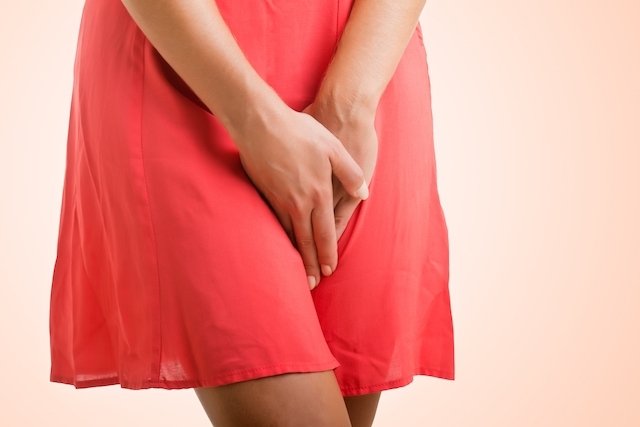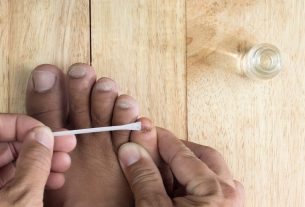The main symptoms of trichomoniasis are foul-smelling genital discharge, itching, pain and burning when urinating, redness in the genital region, bleeding outside the menstrual period, in the case of women, and pain during ejaculation, in the case of men.
Symptoms of trichomoniasis can take up to 28 days to appear, and it is essential that a gynecologist or urologist is consulted as soon as they appear, as this means that treatment can be started immediately afterwards to alleviate symptoms and promote the elimination of the infectious agent.
Trichomoniasis is a sexually transmitted infection (STI), caused by the parasite Trichomonas sp., which can affect both men and women and can lead to the appearance of very uncomfortable symptoms. Learn more about trichomoniasis.

Main symptoms
The main symptoms of trichomoniasis are:
- Discharge with an unpleasant smell and white in color, in the case of men, or greenish – yellowish in the case of women;
- Pain when urinating;
- Urgency to urinate;
- Genital itching;
- Burning sensation in the genital region;
- Pain during ejaculation, in the case of men;
- Bleeding outside the menstrual period, in the case of women;
- Redness in the genital region.
In some cases, the infection may be asymptomatic, especially in men, but it is common for a person to present symptoms between 5 and 28 days after contact with the infectious agent.
Symptoms in women may be more intense during and after the menstrual period due to increased acidity in the genital region, which favors the proliferation of this microorganism. In the case of men, it is common for the parasite to settle in the urethra, which can cause persistent urethritis, swelling of the prostate and inflammation of the epididymis.
How the diagnosis is made
The diagnosis of trichomoniasis must be made by the gynecologist in the case of women and by the urologist in the case of men, by evaluating the signs and symptoms presented by the person and evaluating the presence and characteristics of the discharge.
Taking care of your health has never been easier!
During the consultation, a sample of the discharge is normally collected and sent to the laboratory for microbiological tests to be carried out to identify the presence of this parasite. In some cases, it is also possible to identify the Trichomonas sp. in the urine and, therefore, a type 1 urine test may also be indicated.
How treatment is carried out
The treatment of this disease can be done using antibiotics such as metronidazole or secnidazole, which allow the elimination of the microorganism from the body, curing the disease.
As trichomoniasis is a sexually transmitted infection, it is recommended to avoid sexual contact throughout the treatment and for up to a week after it ends. Furthermore, it is also recommended that the sexual partner consult a doctor, since even if they do not have symptoms, there is a possibility that they have contracted the disease.
Bibliography
- ZEIBIG, Elizabeth A. Clinical Parasitology. 2 ed. United States of America: Elsevier, 2013. 97-99.
- CENTERS OF DISEASE CONTROL AND PREVENTION. 2015 Sexually Transmitted Diseases Treatment Guidelines: Trichomoniasis. Available at: <https://www.cdc.gov/std/tg2015/trichomoniasis.htm>. Accessed on May 2, 2019

Sign up for our newsletter and stay up to date with exclusive news
that can transform your routine!
Warning: Undefined array key "title" in /home/storelat/public_html/wp-content/plugins/link-whisper-premium/templates/frontend/related-posts.php on line 12
Warning: Undefined array key "title_tag" in /home/storelat/public_html/wp-content/plugins/link-whisper-premium/templates/frontend/related-posts.php on line 13





